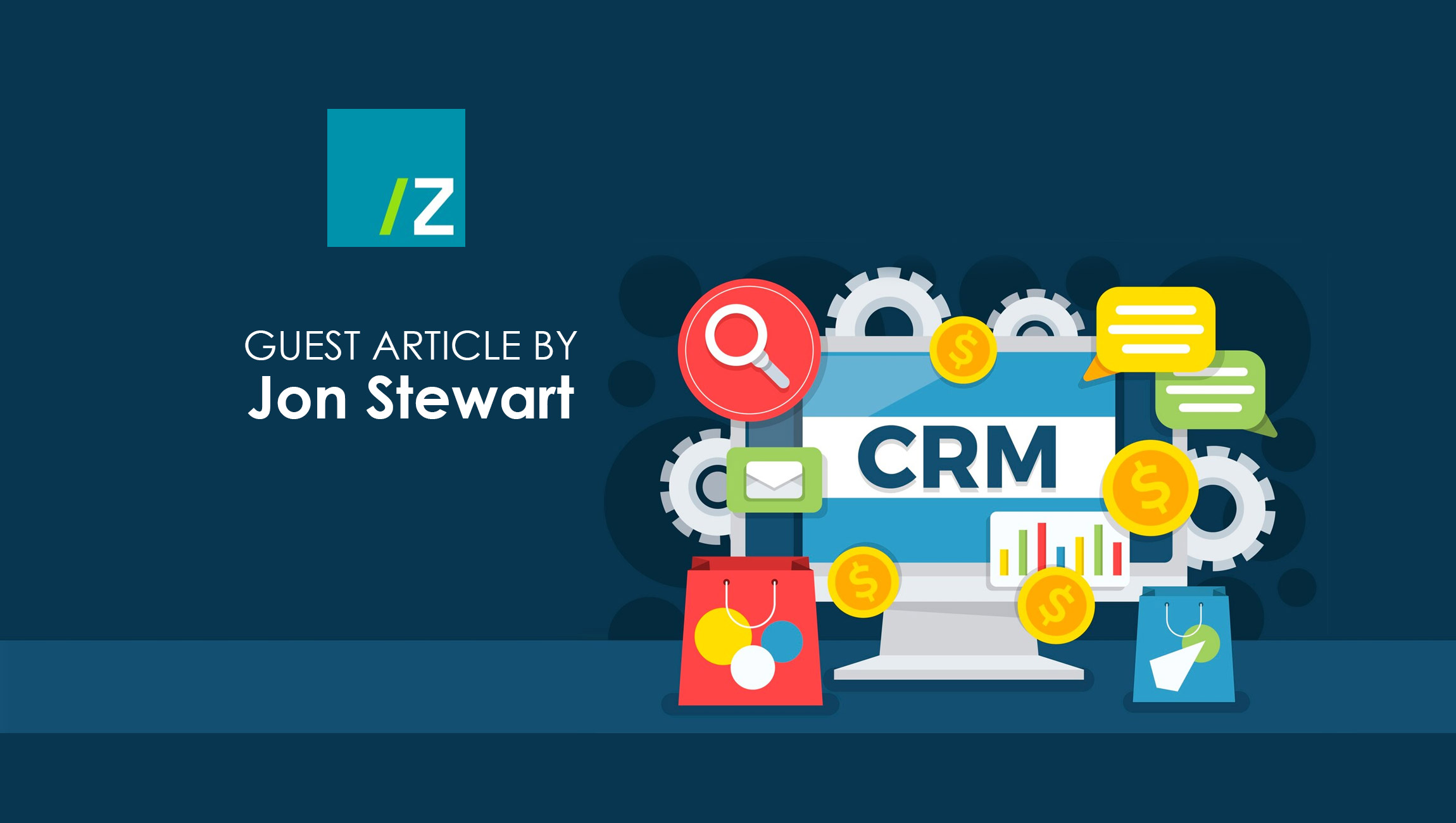Proprietary MarTech boasts substantial capabilities, although it is often accompanied by significant costs and complexities. The current evolution of open-source solutions is reshaping the landscape, providing enterprise-level scalability without the substantial price tag, and streamlining operations by eliminating complexities and reducing time-to-market.
Content Management Systems (CMS) and Digital Experience Platforms (DXP) provide the foundation for virtually every type of web experience from website digital front doors to portals, apps, and search tools. For years, proprietary platforms dominated the market offering robust security, support, and scalability they could offer. However, the world of open-source has caught up, presenting greater flexibility and a better customer experience at a more affordable cost. Drupal is an open-source CMS framework that is reshaping marketing technology and allowing organizational thought leaders to deliver digital strategies at enterprise-level scale. When deciding on the platform for your web experience, it is important to consider the hidden costs of proprietary systems and recognize where open-source can provide an alternative solution.
Cost of Set-Up & Implementation of Features
While proprietary CMS and DXP platforms come with an impressive set of features, rock solid security, and support, they often come with a costly license fee to use the product. Having implemented numerous websites and apps on these platforms, I’ve observed that what comes out of the box is never truly out of the box. Although these platforms market features such as personalization, marketing automation, commerce, and content authoring within the license, the major challenge lies in configuring and implementing the components to spec after they are installed. Factor in the initial price of the software, along with the time and expenses required to build the spec once installed. In addition, the licensing costs tend to escalate as your user base grows. As the demand for more author access and more environments grows, the licensing costs will grow as well.
Cost of Ease of Use
The ease of use of these platforms is closely tied to the cost. On average, building a website on a proprietary platform can be up to 50% more expensive compared to open-source. Once it’s built, the authoring experience can take up to 75% longer compared to open-source. For example, tasks like creating a new page or adding a content module can become time-consuming because of the. amount of custom development required to build to custom client functional specifications and user experience design, unlike leveraging things like open-source community modules and pre-existing libraries to achieve the build.
Drupal is one of the most secure and powerful CMS frameworks, and it is also increasingly becoming one of the easiest to use. First, because it’s open-source, anyone can modify the admin experience in a way that best suits the needs for their content authors. Second, the Drupal community has placed heavy emphasis on making the authoring admin experience easier to use with Drupal Core. In the near future, users can expect better admin navigation, better visual editing tools, and more efficient ways to build content at scale in less time. This means that subject matter experts at organizations who publish web content will be able to do so effortlessly without concerns about breaking the site experience.
Marketing Technology News: MarTech Interview with Dr. Aaron Andalman, Co-Founder and Chief Science Officer at Cognitiv
Hosting & Support Costs
In the realm of web development, hosting is the vital infrastructure that powers and delivers web applications to users. When comparing proprietary platforms, such as those running on .NET, with open-source alternatives like PHP, inherent differences emerge, particularly in hosting expenses. Proprietary systems often necessitate Microsoft SQL over MySql and need bigger web servers to power their resource-intensive features, effectively driving up hosting costs. This simply means that more complexity results in more costly hardware to host an application, in addition to a hefty annual product license fee. Given Drupal’s ability to run on less resource-intensive specifications, creating a cost-efficient hosting solution is also much easier to do without sacrificing data security or scale for high traffic. This versatility makes Drupal an appealing and budget-friendly choice for organizations seeking an adaptable and sustainable web platform. Additionally, as the amount of users grow, the license cost in open-source will not change. As the site traffic scales, Drupal and open-source container-based hosting solutions build in more on-demand scalability to keep cost down without compromising performance.
Ongoing Cost of Training and Upgrades
Beyond the initial implementation, considerations for proprietary software include ongoing support and training expenses. As tech resources change within an organization, the client will have to invest in training additional personnel to support the proprietary software application. This extends beyond internal training, often requiring additional payment for personnel to attend training with the proprietary platform’s certification team. Furthermore, when the platform requires version upgrades, these can be major changes to the core product which requires a more expensive and time-intensive rebuild rather than a straightforward configuration to complete an upgrade.
The Open Web Manifesto released by the Drupal Association explicitly states that anyone can use it to learn, build, or advance the platform as it is driven by core principles including access, freedom, inclusion, and empowerment. Therefore, Drupal is free for anyone to download, install, and customize to build their websites and applications, all without a licensing cost to use the platform. While an organization does need to partner with a support vendor or build an internal team to maintain and upgrade the platform, Drupal’s status as one of the most used CMS frameworks globally makes it much easier to get support. It also means that if an organization needs to switch vendors in the future, they are never tied to one company and their license.
Is Open-Source as Secure?
When MarTech, data privacy and open-source enter the same discussion, historically it raises some questions about the suitability of open-source CMS and DXP’s. It is important to recognize that not all open-source platforms are created equal, and the level of effort an organization must invest to secure their solution varies widely. The reality is that Drupal is one of the safest and most secure CMS frameworks available.
With the recent release of version 8, the Drupal community transitioned from a custom PHP solution to utilizing Twig and Symfony, both of which are universally accepted and well-documented open-source frameworks. With each subsequent release, the Drupal community has been diligently working to remove degraded legacy code and minimize risk of vulnerabilities. Moreover, the Drupal community has a very regimented change management process and security advisory board review process for its core modules. As a result, developers and IT professionals have access to thousands of approved modules to build their Drupal CMS solutions. Thousands of developers in the Drupal community have their eyes on the code day-to-day, reporting vulnerabilities on top of an already buttoned up Drupal security patch release process. When the platform is paired with a secure Drupal cloud hosting provider and implementation partner, an organization can place extra emphasis on crucial aspects like user access control, data encryption, and Denial of Service protection, ensuring a comprehensive approach to security and data protection.
What About Third-Party Connectivity with Enterprise Scale?
Being open-source also means adopting an “API first” approach. Drupal has the capability to support a headless architecture, powering digital channels with varying user interfaces and functionalities from one central authoring admin and database. The Drupal instance that publishes content to a website or network of sites can also publish to the organization’s native app from the same place. This flexibility extends to standalone Drupal websites as well.
Site builders can utilize this feature to deploy multiple websites in one instance of Drupal, efficiently managing complex multi-site architectures at scale while maintaining a clean and streamlined workflow for dozens of content authors. This approach has been particularly successful for organizations with numerous locations, departments, etc. that require their own site experience within a larger system brand. The ability to share content and functionality between sites while also creating unique experiences is a powerful tool for digital front doors when using Drupal as the foundation.
Additionally, within organizations, there are dozens of essential technologies in place that are required for day-to-day operations, including online scheduling, search tools, ratings and reviews, and event integration to name a few. There are also many more “CMS agnostic” companies excelling in one or two specific areas such as integrating rich site personalization features at scale. Drupal allows for the open connectivity to all these tools. As long as a tool provides a documented API, Drupal can integrate with any third party and create a seamless site or app experience.
The power of open-source, particularly in the context of Drupal, continues to evolve daily, with a rich and future-forward roadmap promising even more advancements. For organizations that historically have been tied to the cost and complexity of proprietary solutions due to the feature sets, support, and security they offer, open-source frameworks offer a more flexible and cost-efficient way of achieving the same results while also ensuring a futureproof approach to allow organizations’ digital strategies to come to life. Without costly and time-intensive version upgrades and re-platforming, organizations can scale their Drupal experiences with a modest effort to embrace the future of marketing technology.
Marketing Technology News: 4 QR Code Trends Transforming Marketing in 2024
Also catch, Episode 196 Of The SalesStar Podcast: Fundamentals of a Strong Sales Process with Eric Boggs, founder and CEO of RevBoss
Also catch, Episode 195 Of The SalesStar Podcast: Data Best Practices for Modern Marketing and Sales with Ana Mourao, CRM Sr. Manager at Stanley Black and Decker Inc.











